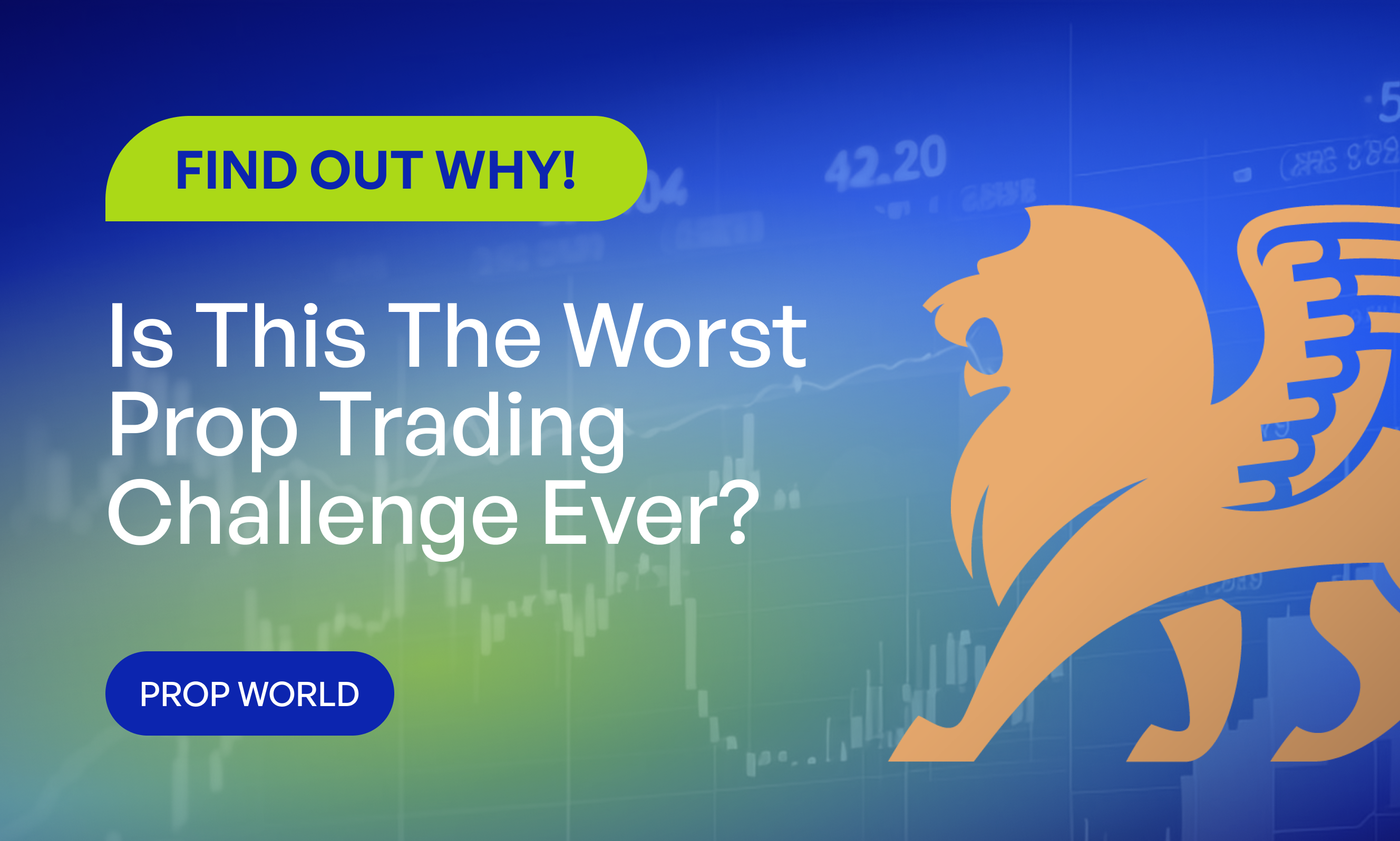
Are Traders Shifting from CFDs to Futures?
Recent regulations targeting Contracts for Differences (CFDs) push traders and brokers toward alternatives like futures and options. An insightful survey by Acuiti revealed a striking trend: over 50% of European retail brokers are thinking about offering futures and options instead of the usual CFDs.
This shift coincides with a significant shake-up in the prop trading industry, leading to the emergence of new futures prop trading platforms. But what does this mean for the future of trading? Is the move from CFDs to futures a mere blip on the radar, or is it shaping up to be a lasting change in how we trade? Let’s find out!
Regulations on CFDs Impacting the Industry
The European financial market, known for its vibrant trading in CFDs, faced a turning point in August 2018 when the European Securities and Markets Authority (ESMA) imposed heavy restrictions on the leverage that retail clients could use. This move was echoed by national regulators across Europe, with countries like France and Spain introducing even stricter measures on the promotion and leverage of CFDs.
The intent behind these regulations is to safeguard retail investors from the high risks associated with leveraged trading, but it also nudges brokers and traders to look for alternative trading instruments.
Brokers Eyeing New Horizons
Faced with these regulatory hurdles, European brokers are not just looking at different financial instruments; they’re also considering geographical expansion. According to the same Acuiti survey, 77% of brokers expressed interest in extending their services to other regions, while 69% are exploring opportunities in the institutional markets.
This indicates a strategic shift in focus from retail to institutional trading, coupled with geographical diversification to mitigate the impact of stringent European regulations.
The American Scene: Prop Trading’s Role
In the United States, where CFD trading faces a ban, prop trading has emerged as a unique channel for traders to engage with CFD-like instruments. Prop trading firms offer a simulated trading environment, allowing traders to participate in the market without directly trading CFDs. This sector, however, faced its challenges when MetaQuotes, the developer behind the popular MetaTrader platform, clamped down on the use of its software for prop trading, forcing these firms to look for alternatives.
Futures: The New Favorite?
The conversation around the shift from CFDs to futures is gaining momentum, especially among influencers and traders on social media who see it as a necessary move. This sentiment is underscored by the centralization of futures trading, which inherently reduces the risk of price manipulation that can be a concern with other Over-The-Counter (OTC) instruments.
Insights from the Experts
Anya Aratovskaya, an FX Consultant, shared her insights with Finance Magnates, noting, “This tendency is probably true for the US market and maybe Europe as European traders love CFDs and are also likely to consider futures, but overall, I don’t think the shift is that significant.” Despite the growing popularity, she suggests the transition’s impact might be less dramatic than anticipated.
The shift comes at a time when many futures prop trading firms are actively promoting their services, aiming to fill the gap left by recent disruptions in the US prop trading industry. According to Aratovskaya, one of the distinct advantages of futures trading is the reliability of price feeds, which come directly from exchanges. “Futures ‘props’ get price feeds from exchanges, making it close to impossible to manipulate them, unlike MT4/MT5 price feeds. This results in less abuse of spreads for sure.” she explained.
Yet, the move towards futures trading is not without its hurdles. Traders transitioning from CFDs to futures must navigate a steeper learning curve and contend with more stringent drawdown structures. “Trading futures is more challenging compared to FX, and ‘prop firms’ ensure that the drawdown structure…makes it even harder. Not to mention, futures offer less flexibility in position sizing.” Aratovskaya ads.
Moreover, the cost of trading can be higher, particularly for those requiring detailed market data. Futures prop trading often includes level 1 data in the price, but level 2 data—which is crucial for sophisticated trading strategies like those using heat maps—requires a separate subscription. This additional cost underscores the complex nature of futures trading and represents another layer of challenge for traders used to the flexibility and simplicity of CFDs.
In Conclusion
While the interest in futures trading grows as a response to regulatory changes and market disruptions, both brokers and traders are advised to weigh the benefits against the challenges. The centralized nature of futures offers advantages in terms of price stability and fairness, but the transition from CFDs carries a set of challenges that necessitate a careful and informed approach.






![Prop Trading Summary of the Month [MARCH]](https://fxprop.com/wp-content/uploads/2024/04/37.png)



